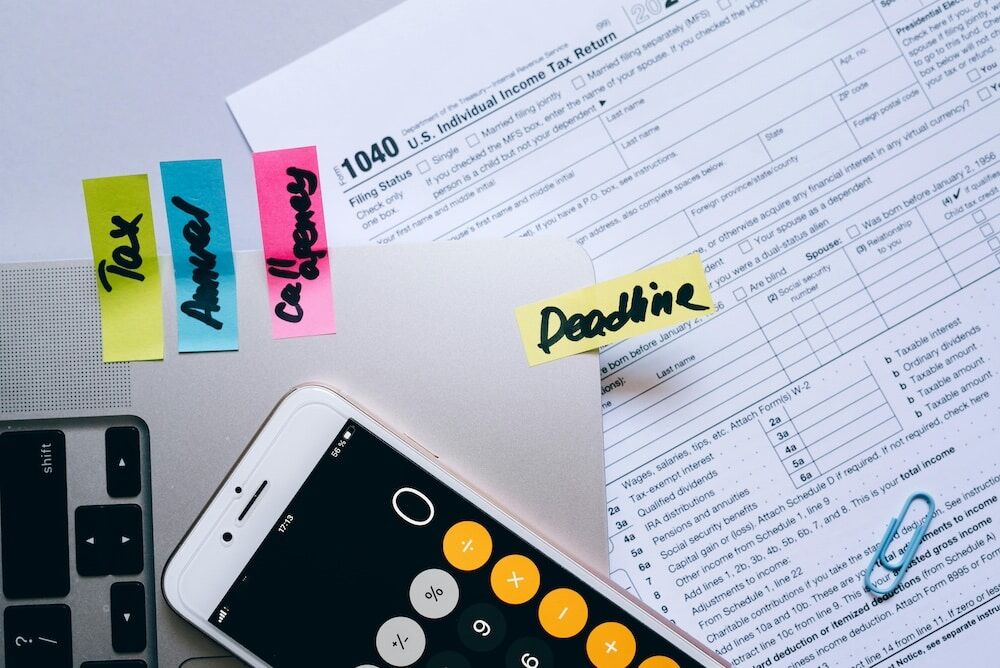
Taxpayer Relief Applications: How to Request CRA Relief
Most Canadian taxpayers do not enjoy dealing with the Canada Revenue Agency (“CRA”), especially when the penalties and interest start to stack up fast! Situations like illness, natural disasters, job loss, and honest mistakes can happen to anyone and lead to missed filing deadlines or unpaid tax liabilities. Luckily, the CRA recognizes that not all circumstances are within a taxpayer’s control. That is when taxpayers can file for Taxpayer Relief!
If you are an individual, business owner, or corporation, understanding when and how to request Taxpayer Relief can help you get back on course with your tax obligations to the CRA.
What is a Taxpayer Relief Application?
A Taxpayer Relief Application allows the CRA to cancel or waive penalties and interest, either fully or in part, depending on the circumstances that prevent the taxpayer from meeting tax obligations on time. However, it does not cancel the underlying tax debt. It is typically reserved for the penalties and interest that have accumulated from the tax debt.
When Can You Ask for Relief?
The CRA considers relief for situations such as:
- Extraordinary Circumstances
- CRA Actions or Errors
- Financial Hardship
- Other Circumstances
In the Taxpayer Relief Application, you must explain what happened and why it prevented you from complying with your tax obligations by linking the circumstances directly to the penalties or interest. Supporting documentation for each situation you are claiming relief under must be provided and is one of the most critical elements.
(1) Extraordinary Circumstances
Unexpected events beyond your control that directly impact your ability to comply with your tax obligations could be considered for relief. Examples include serious medical conditions or illnesses, deaths in the immediate family, natural disasters such as fires, floods, earthquakes, or civil disturbances such as riots or protests.
(2) CRA Action or Errors
Sometimes, the CRA has delays or makes mistakes that unfairly result in the accumulation of interest or penalties on your tax debt. Situations like CRA processing backlogs, incorrect information provided by a CRA agent, or technical issues caused by the CRA can result in relief being granted to you.
(3) Financial Hardship
If paying interest and penalties would create an undue financial burden, you can be considered for relief. Undue financial burden can include the loss of employment or income, the threat of insolvency or bankruptcy, or the inability to afford basic necessities. The CRA requires taxpayers requesting relief in this category to provide proof of hardship in the form of financial statements and income-expense breakdowns, which can allow the CRA to grant relief.
(4) Other Circumstances
If your situation is unique and not covered by the above categories, the CRA may still consider granting relief.
Time Limits to Consider
You must apply within 10 calendar years from the end of the tax year for individuals or the fiscal year-end for businesses. For example, for your 2015 taxes, you need to submit your request by December 31, 2025.
Conclusion
Taxpayer Relief can be a crucial lifeline when unexpected challenges pile up. If you believe that the CRA applied penalties and interest unfairly or during life events that were beyond your control, a Taxpayer Relief Application might be suitable for you. Taking steps fast and early can prevent the tax debt from accumulating and help alleviate stress.
Scheduling a consultation with our experienced team at Rosen & Associates Tax Law can help you understand the finer points of the Taxpayer Relief Application process and guide any disputes with the CRA to the best possible outcome.
***Disclaimer: This article provides information of a general nature only. It does not provide legal advice nor can it or should it be relied upon. All tax situations are specific to their facts and will differ from the situations in this article. If you have specific legal questions, you should consult a lawyer.